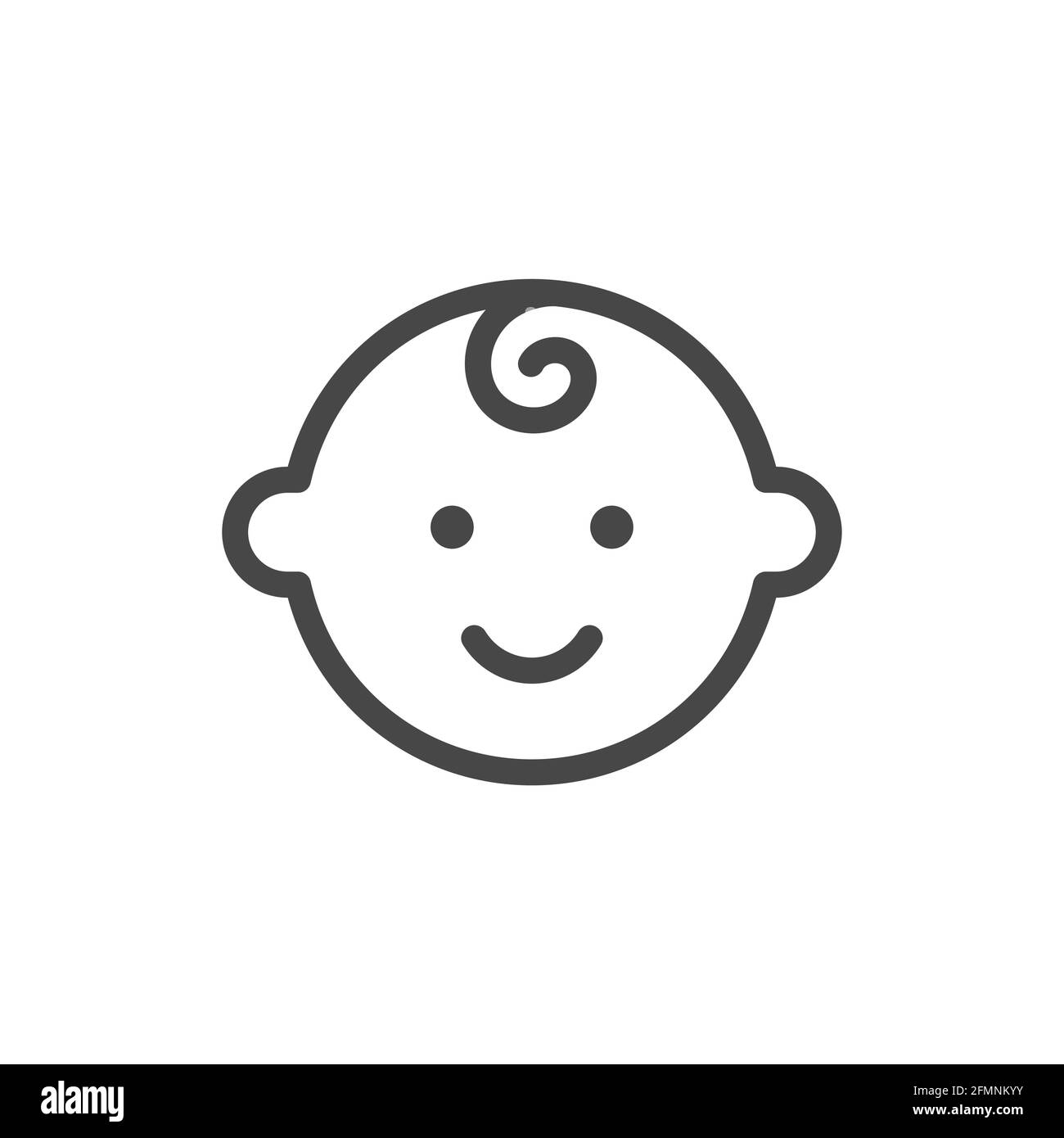How about “all the things that are true and none of the things that aren’t true?” (Not sure how well the latter part would go over.)
- 2 Posts
- 24 Comments

 11·12 days ago
11·12 days agoBest enjoyed with… checks notes prune juice?

 7·13 days ago
7·13 days agoReminds me of the Reboot hotel offices.
No, it just goes to its extraction point! …somehow.
As a longtime Plex user, I also hate their lack of focus and tendancy to priorotize bad features (like paid streaming and VR). But this one feels more like a way to re-focus on video by removing photo code from the main (video) app’s codebase, making it easier to maintain.

 291·2 months ago
291·2 months agoSo basically, it’s a poorly marketed $40 game facing a lot of free and popular competition.
Honk if you have ever been personally victimized by HONK!

 2·3 months ago
2·3 months agoAs a longtime Heroes of thr Storm player, it had just the level of ability and territory progression I wanted.

 1·4 months ago
1·4 months agoFor LLMs, I’ve had really good results running Llama 3 in the Open Web UI docker container on a Nvidia Titan X (12GB VRAM).
For image generation tho, I agree more VRAM is better, but the algorithms still struggle with large image dimensions, ao you wind up needing to start small and iterarively upscale, which afaik works ok on weaker GPUs, but will gake problems. (I’ve been using the Automatic 1111 mode of the Stable Diffusion Web UI docker project.)
I’m on thumbs so I don’t have the links to the git repos atm, but you basically clone them and run the docker compose files. The readmes are pretty good!
It was branded Rockman EXE in Japan, and NT Warrior (i.e. Net Warrior) in the US anime, only. The “network” refers to the internet and the internet of things heavily featured in the games, in which you battle viruses; hence “Battle Network.”

 13·4 months ago
13·4 months agoKey quote:
To say that “political violence” has “no place” in a society organized by political violence at home and abroad is to acquiesce to the normalization of that violence, so long as it is state and capitalist monopolized.

 11·5 months ago
11·5 months agoA lot of my feelings got summed up here: basically, the episode had a lot of momentum and incoherence. Beyond that,
- Having just watched “Pyramids of Mars,” I’m puzzled Davis revived this villain, and that the impatient Sutekh acquired the patience to wait centuries (millennia?) to complete his plan.
- I love the Memory TARDIS!
- I thought 15 was supposed to be the “healed” doctor.
- Davies is playing with the idea of concepts, perception, memory and faith influencing reality; but the handwavy, cursory explanations for how it all works makes it impossible to anticipate events or solutions to the challenges thr Doctor faces, which limits how the viewer can interact with the story and how engaged I feel. (E.g. when the Doctor says “there’s nothing I can do” we just have to take him at his word, until it turns out all he had to do was leash Sutekh and drag him into the time vortex, and likely could have from the very start, given how Sutekh was restraining himself even before they discovered Ruby’s mother. So the show becomes less of a thought exercise, more of waiting for the Doctor and plot to strikefamiliar chords.)
- This isn’t Davies’ best work, but I’m hoping he’s getting back into his groove. Either way, I’m hyped for Moffat’s upcoming special!

 5·7 months ago
5·7 months ago3 sticks of RAM…

 1·11 months ago
1·11 months agodeleted by creator
The original, Blue Raspberry.

 40·1 year ago
40·1 year agoAs a highly sensitive person, what I’ve learned for me is:
- It takes time - years, even - to understand what happened, and why. Which means there’s nothing productive to be done except avoid things you’d regret. Be your best self, even if it’s hard as hell. If you care about this person, give them the space they evidently need; and leave the door open to reconnecting later in until you’ve decided, with a clear head and understanding why, that you’ll never eant them in your life.
- Prioritize caring for your basic mental and physical needs by getting enough sleep, food, exercise, and time outdoors.
- Treat yourself like you’re sick with the flu or a cold. Get rest if you can. Find ways to relax. Give yourself time to heal. Mindless things like TV or videogames can be good. Socializing is also good.
- Partners can ground us; make us feel secure, taken care of, connected to our world, full of purpose and value, etc. In the long term, without them, you need to re-ground and find things that give you those feelings. I had to come up with a list of things that make me feel connected and worthwhile, then take steps to engage in those. It included creative hobbies and dedicating time to good friends. Finding “myself” and things that felt meaningful took work: self-reflection and journaling, forcing myself to do hobbies until I enjoyed them, and becoming inspired by good art (TV, music) I love. Often our roots are in our upbringing, so it can be good to reconnect with things we loved. Once you have a life without your ex, you don’t need them. You don’t need any partner as much, for that matter, because what sustains you is more within your power and identity. And that’s how future relationships can be made safer, and heartbreak survivable.

 5·1 year ago
5·1 year agoI loved my course on patterns. It was tough, but I now regularly feel like I can apply mastery of this tricky subject to my software projects. The course used a variety of techniques:
- Read the seminal Design Patterns book by Gamma et al., for an overview of the concepts.
- Every week, we’d incorporate three patterns into a preexisting XML processor project. My final one had like 25 patterns, which was challenging to keep working amidst refactoring. (You don’t have to do them cumulatively, but I enjoyed it.)
- We’d have to ask pattern-specific questions of our classmates in forum threads; and occasionally we’d be assigned to answer some.
- We each wrote up our own pattern. (I designed one based on my experiences handling data exchange between web apps and clients.)
Together, this taught us
- How the patterns could concretely look in practice.
- Pros, cons, and other considerations for each.
- Similaraties, differences, and nuances. (We’d joke that everything was the Template pattern if you squinted.)
- The impact of modifications to the patterns.
- How to recognize, create, hone, collaborate on, and share patterns.
I appreciate this approach because patterns are an inherently fuzzy subject.

 1·1 year ago
1·1 year agoIt’s more like languages evolved to incorporate the most common idioms and patterns of their ancestors. ASM abstracted common binary sequences. C abstracted common ASM control structures and call stacks. Java leaned hard on object orientation to enable compositional and inheritence-based patterns widely used in C and early OO languages. Python baselines a lot of those patterns, and makes things like the Null Object pattern unnecessary.
Don’t bee that way!









I tend to agree, but there are two issues working agaonst Star Trek.
So while Star Trek tends to show progressive values winning in the end, many people can enjoy other aspects (e.g. military stories, relationships, and action) while ignoring the upshot.